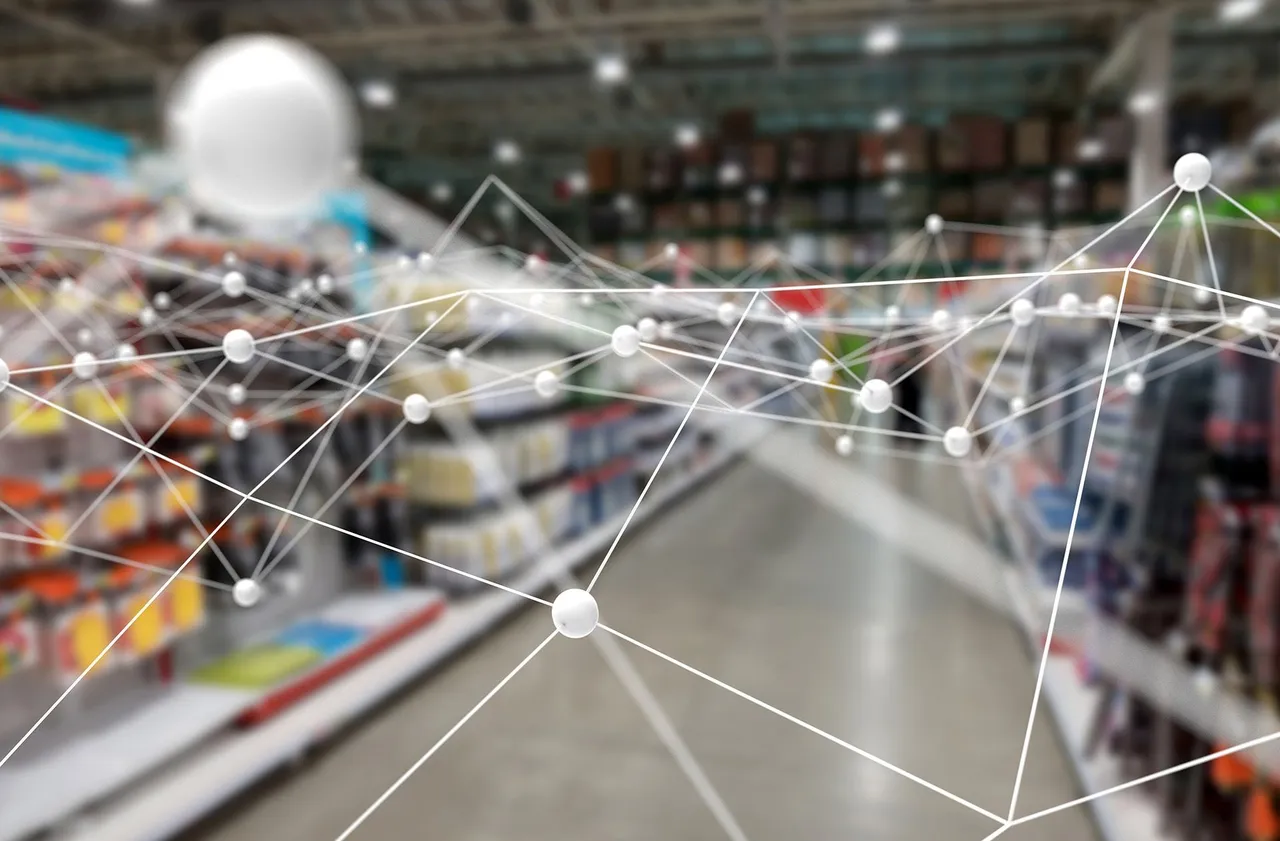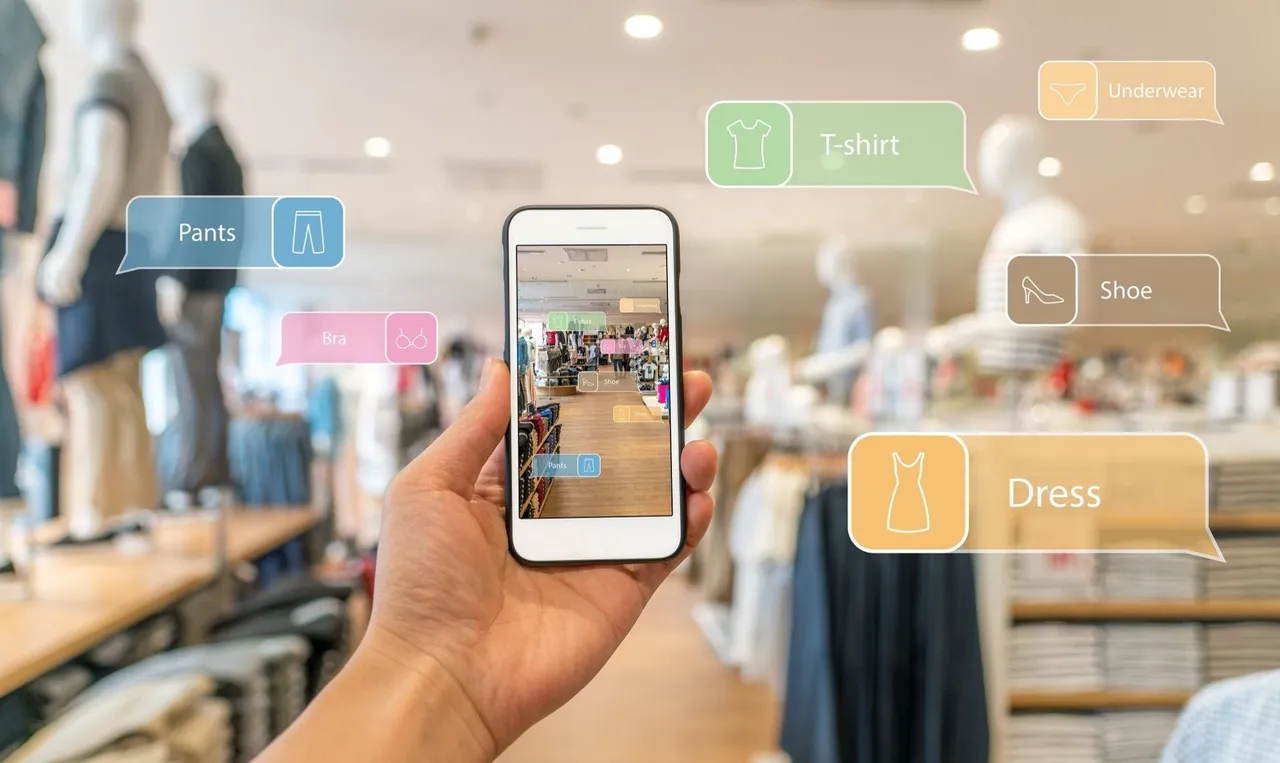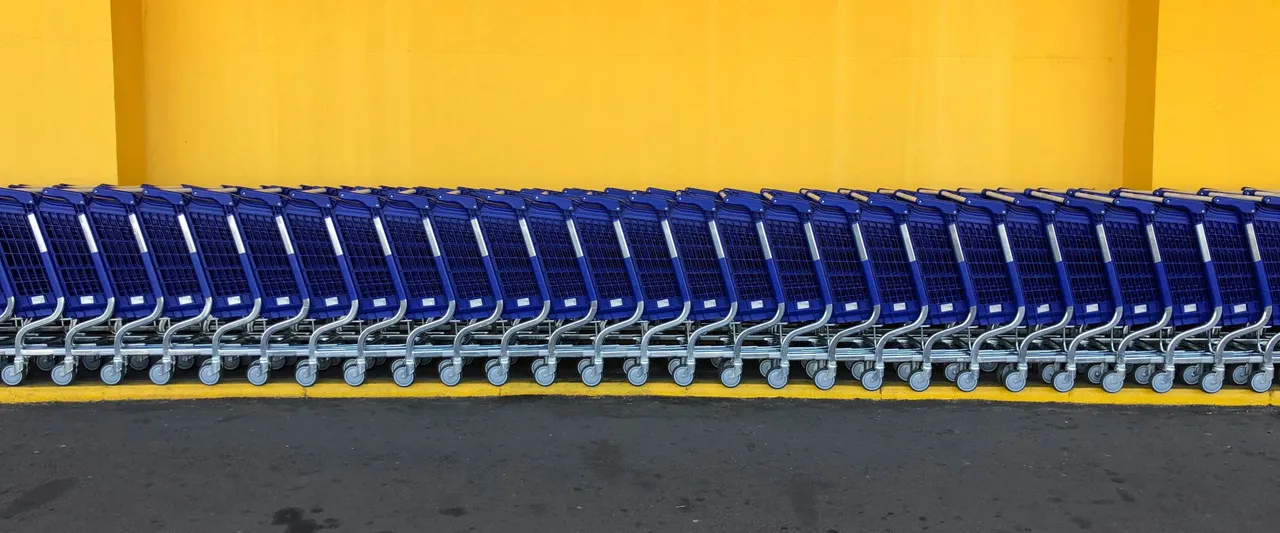BLE Beacon Technology in Retail: Limitations & Deployment Challenges
Bluetooth low energy (BLE) beacons have developed to the point where they offer valuable opportunities for retail enterprises.
However, if you plan to deploy beacons in your outlets, you should first be aware that there are challenges to overcome. The technology is effective, but not without its share of limitations.
Knowing these limitations, though, makes it completely possible to surmount (or work around) the majority of them, and so to access the benefits of beacon technology and proximity marketing.
Look Beyond the Limitations of Beacons
The value of proximity beacons has become evident to many leading retail brands, as highlighted by a Unacast report published early in 2017, revealing that 75% of top U.S. retailers have already deployed them in stores.

Retailers who applied proximity solutions
If giant retail chains like Walmart and Macy's are prepared to invest in "beaconing" despite the challenges, it's probably fair to say that the technology has sufficient value to be worth the effort, even for smaller retail enterprises.
Indeed, the Unacast report claims that retail SMEs can generate up to 365% return on investment. There are plenty of individual cases which seemingly support that claim, like the example of Sue Bee Honey, which, according to Retail Dive, deployed beacons to improve customer experience and realized ROI of 240%.
If these statistics pique your interest in beacon deployment, the following challenges and limitations should be on your radar, so you can begin to think about strategies to overcome them.
Beacons Alone Cannot Track Shoppers
In case you had a vision of quickly generating shopper heat maps for your stores, shopper tracking with beacons is actually quite a big ask. Firstly, you need to access appropriately skilled enterprise mobile app development services to get an app built that will interact with BLE beacons.
How beacons are revolutionizing retail
Secondly, movement tracking can only work when a shopper...
- is carrying a mobile device
- has the device switched on
- has your retail app installed on the device and authorized to interact with your beacons
- has both Wi-Fi and Bluetooth switched on.
Obviously that's quite a lot of conditions to meet in order to collect meaningful data on customers' in-store location and movements. Bluetooth activation in particular is far from assured. For example, a survey conducted by Vista Retail Support found that close to 40% of shoppers still keep Bluetooth switched off to conserve phone battery life.
The Physical Challenges of BLE Beacon Deployment
Providing that the challenges mentioned so far don't deter you from implementing a proximity marketing system via beacons, you'll need to consider some of the physical issues typically encountered in hardware deployment.
The majority of these issues relate to the way beacons are constructed, and although they can typically be resolved with a little ingenuity, it's still good to know about them before you get a project under way. These irritations (they're not really serious enough to class as problems) include:
- A limited range of colors, which can make it difficult to install beacons unobtrusively
- The finite life of internal beacon batteries
- The absence of any printed ID on the beacons, making them hard to identify (which does present some difficulties as the unique IDs are critical to app functionality)
- A tendency for some beacons to detach from surfaces (due to a failure in self-adhesive properties)
When you add the fact that beacons are not especially tamper-proof, it's not always easy to achieve and maintain full signal coverage in your beacon network.
This situation isn't helped by the absence of any central management solution to keep tabs on battery depletion or the operational status of each beacon. As a result, regular walk-around checks—to scan beacons individually with an app-equipped mobile device—need to become an essential element of system management.
Challenges in Beacon Location Coverage
BLE beacons can’t determine a shopper's physical location with pinpoint accuracy, so it can be hard to know how many beacons are required, or where to position them in order to ensure that a zone is adequately covered.
Blind spots are hard to eliminate, presenting the risk that push notifications targeting shoppers in a particular zone may not reach their intended targets, or notifications intended for shoppers in one zone are pushed to those in an adjacent area.
So if your company is, for example, a clothing retailer, your customer in the ladies shoes section might receive a notification or offer relating to the men's underwear section just across the aisle—which would probably not qualify as a customer-experience high point.
The Risks of Irrelevant Notifications
The beacon coverage conundrum is quite complex to understand and therefore to resolve. While the image above creates the impression that beacon coverage is spherical, the reality is not so simple. Beacon signals are easily reflected or absorbed, and can be affected in many different ways.
While one corner of your ladies' shoes display might be covered by the beacon signal right now, in five-minutes time it could turn into a blind spot, which in turn might last for just a moment or for hours.
Such an erratic coverage adds to the risk of irrelevant notifications, coupons, or offers being pushed to shoppers' phones. At a time when nearly a third of shoppers remain cold to the idea of tracking and push-notification programs, relevance really matters to the success of in-store location technology.
Why U.S. shoppers opt into in-store tracking
If relevance is important in the battle for shoppers' adoption of proximity services, timing is even more so, and here too beacons present some challenges.
Imagine walking into a retail store and receiving a "Welcome to (insert store name)" message on your beacon-enabled app some 10 or 15 seconds later. It's a bit... late, isn't it?
Your customers are used to shopping online, where a second is too long to wait for the response to a mouse click. So when shopping in a physical store, they probably won't take kindly to push notifications which arrive too late to be meaningful. But this is always a risk with beacons at their current level of development.
Delays in notifications are largely due to the following factors:
- Fluctuations in Bluetooth signal strength
- BLE beacons send out signals intermittently, not continuously
- Phone antennas switch on and off intermittently too, to save battery power
- Older phones seek Bluetooth signals even less frequently than the latest devices
All these factors add up to create a lag in the transmission of notifications and messages—and as we all know, there's nothing more annoying than lag in the digital experience.
Don't let Pessimism Be a Constraint to Progress
Beacons are a good solution for building up data about shoppers and improving customer experience, but they're not perfect. The technology is still in a formative phase and in due time, many of the challenges and limitations discussed in this post will be nonexistent.
In the meantime, current constraints aren't stopping some of the biggest names in retail from pushing ahead with beacon deployment. If you want your enterprise to remain competitive in traditional retail, it might be a good idea to take the "glass half-full" view and follow suit, despite some technology challenges.












